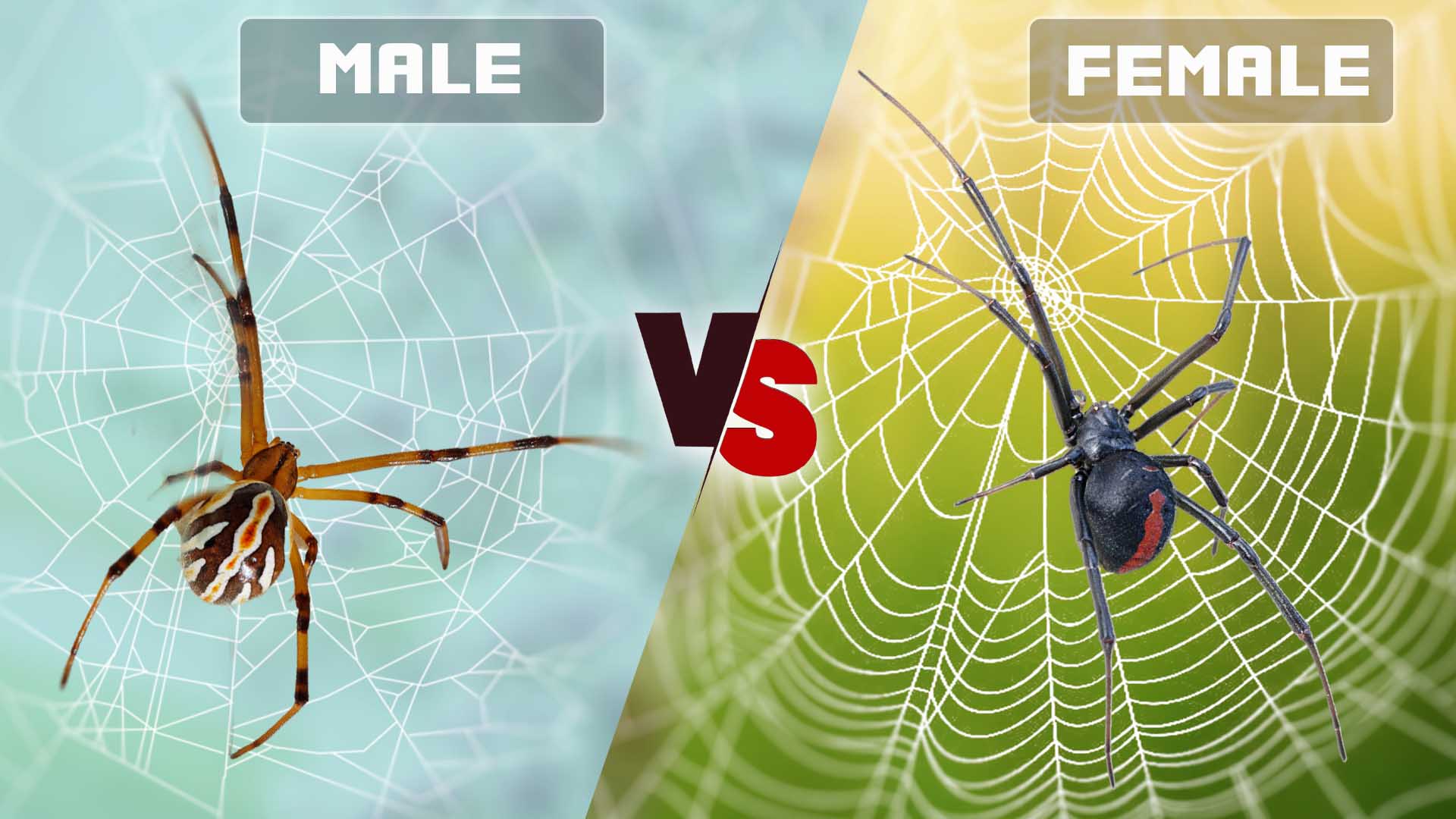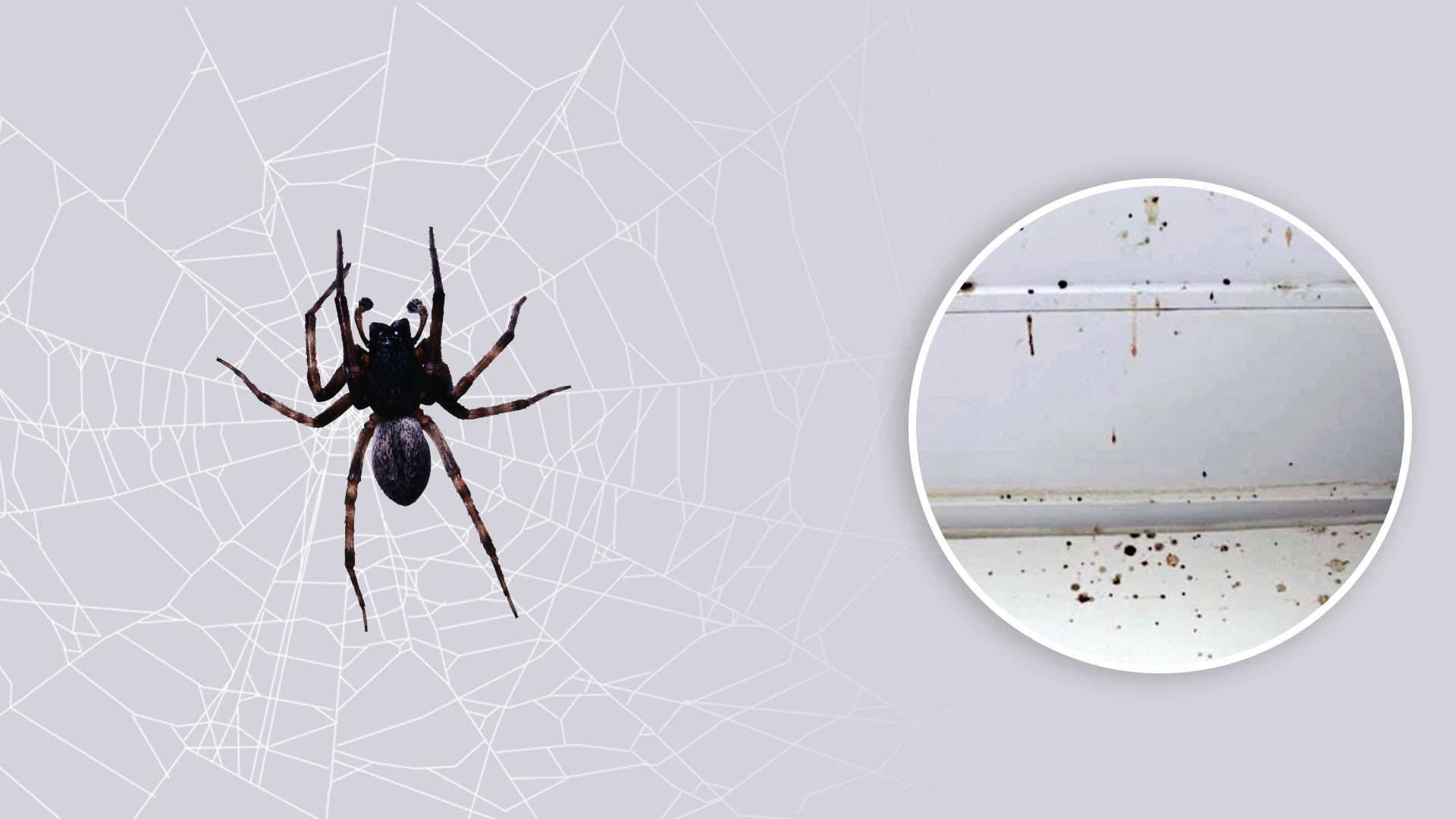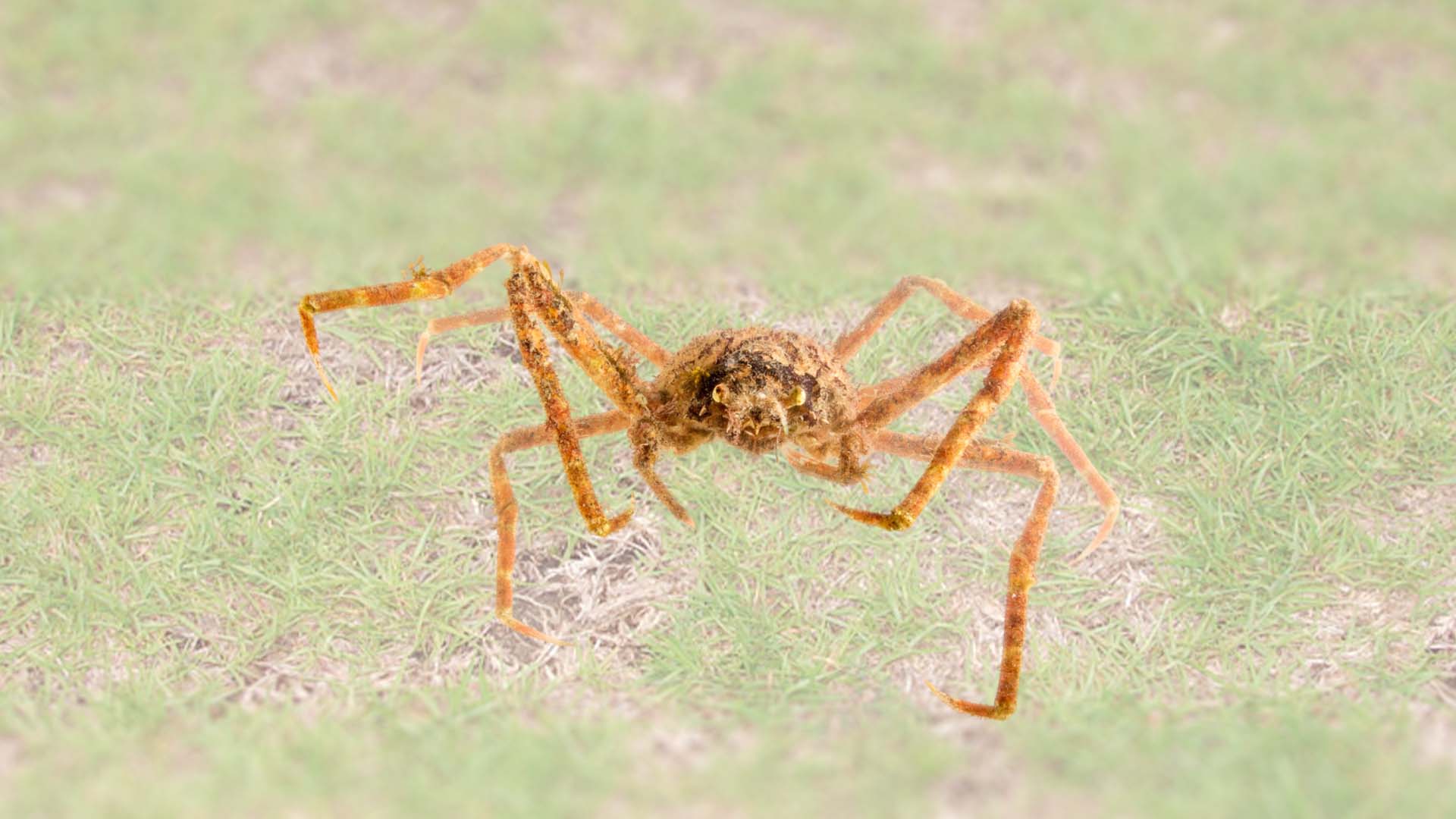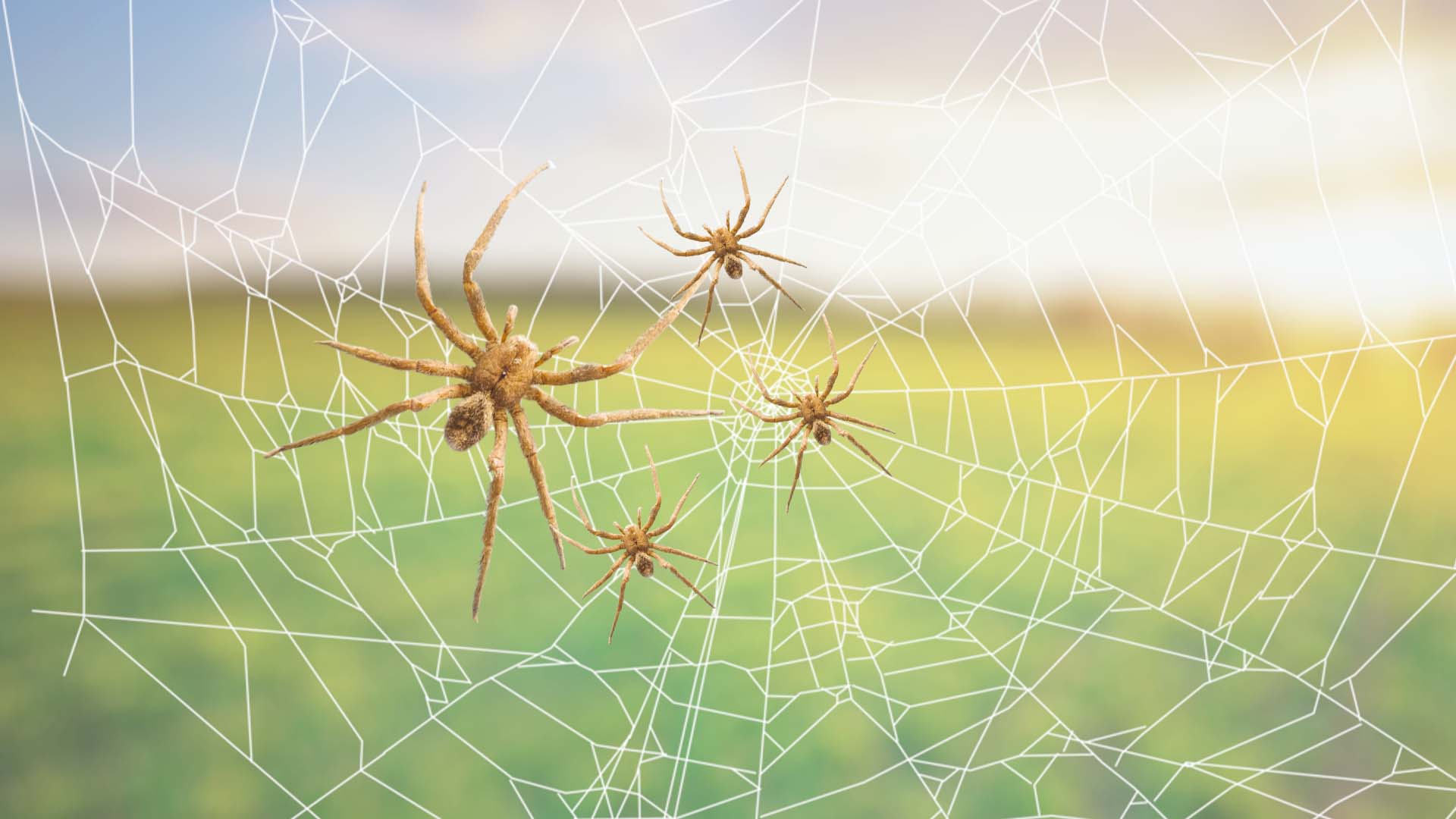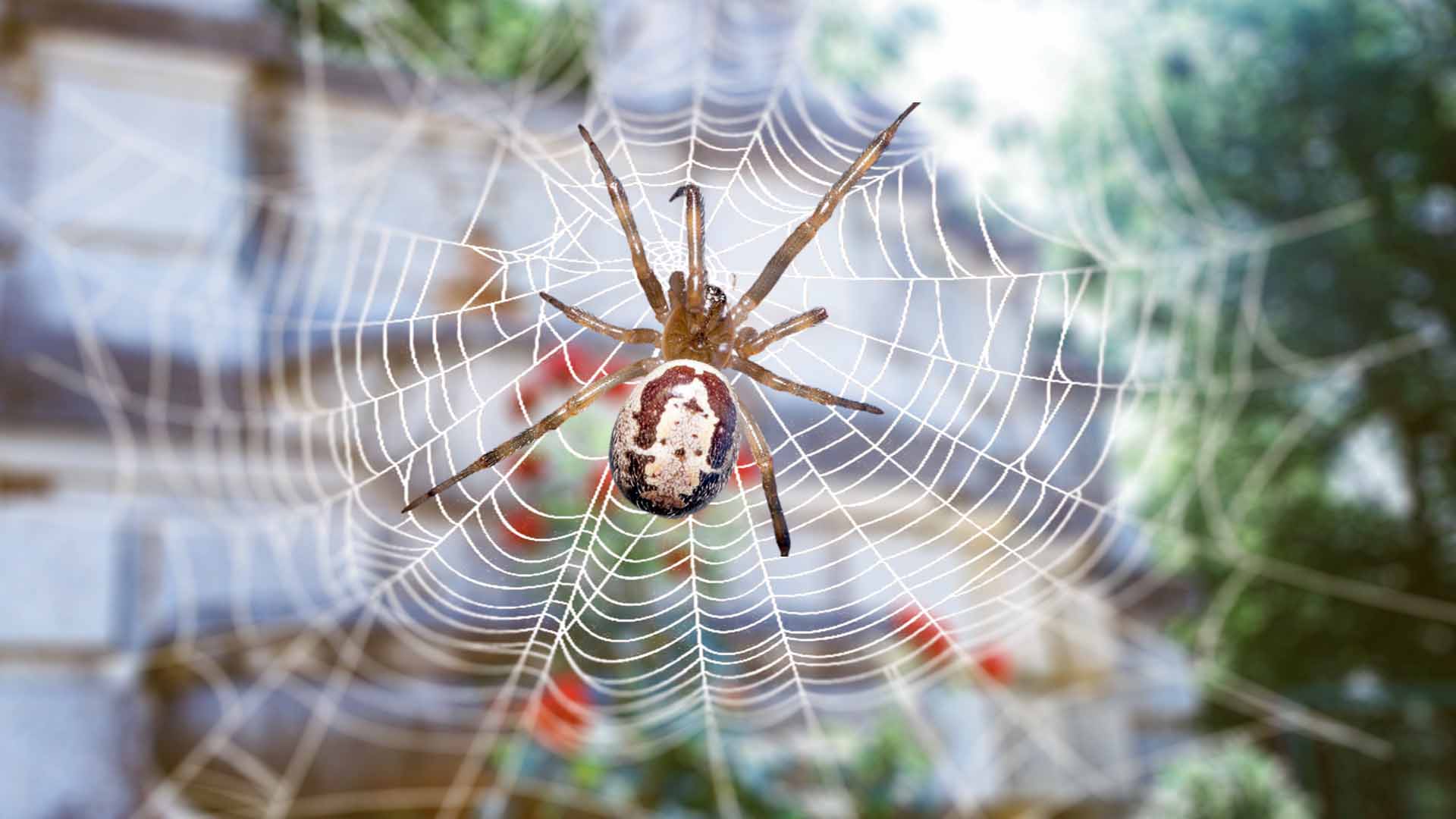The black widow spider, notorious for its venomous bite and distinct appearance, has long captured the fascination and fear of humans. While much attention has been given to its potentially lethal bite, another intriguing aspect lies in the differences between male and female black widow spiders. These differences go beyond mere appearance and shed light on the intricate biology and behavior of these arachnids.
Here, I will discuss the key disparities between male and female black widow spiders, delving into their size, coloration, abdomen shape, leg length, web-building tendencies, behavior, and lifespan.
7 Key Differences Between Male and Female Black Widow Spiders
| Feature | Female Black Widow | Male Black Widow |
| Size | Larger (8-13 mm) | Smaller (3-4 mm) |
| Coloration | Black with red hourglass | Lighter with faint markings |
| Abdomen Shape | Round and bulbous | Slim and less rounded |
| Leg Length | Shorter legs | Longer legs |
| Web Building | Intricate hunting cobwebs | Less elaborate webs |
| Behavior | Territorial near webs | Nomadic for mating |
| Lifespan | 2-3 years | Several months to a year |
Size Differences: Male Vs Female
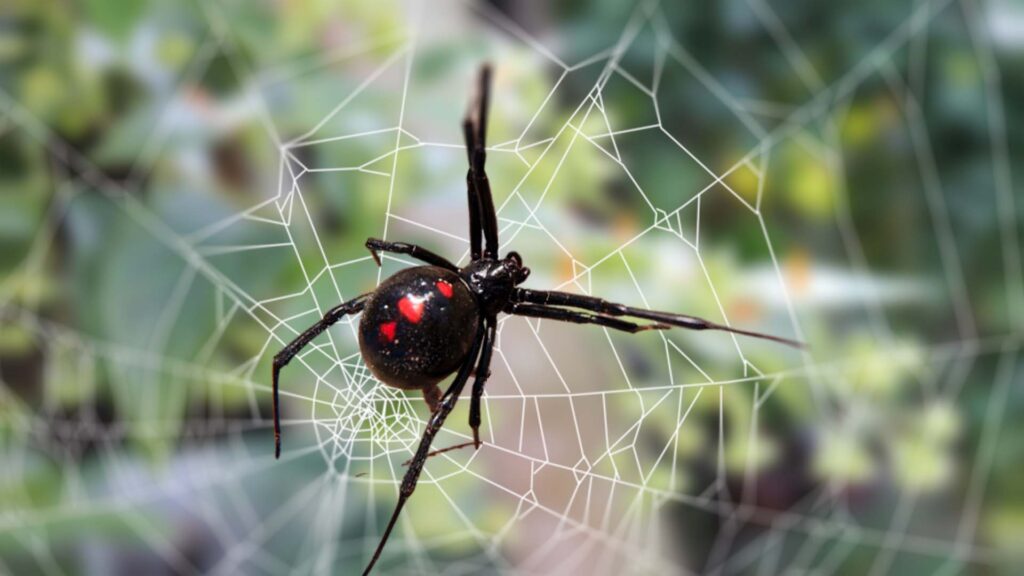
One of the most obvious differences between male and female black widow spiders is their size. Females tend to be larger, with body lengths ranging from 8 to 13 millimeters, while males are significantly smaller, measuring only 3 to 4 millimeters. This size distinction is crucial for recognizing the gender of these spiders at a glance.
Coloration Differences
Coloration is another distinguishable feature between male and female black widow spiders. Female black widows exhibit the infamous jet-black body with a prominent red hourglass-shaped mark on the underside of the abdomen. In contrast, males sport a lighter coloration, often with a beige or brown hue and faint markings that are less conspicuous compared to the female’s vibrant red hourglass.
Abdomen Shape Differences
The shape of the abdomen is a notable difference between male and female black widow spiders. Females possess a rounder, more bulbous abdomen, which is associated with their role in producing and safeguarding their egg sacs. In contrast, male black widow spiders have a slimmer and less rounded abdomen, reflecting their distinct reproductive anatomy.
Leg Length Differences
Observing the leg length is an effective way to distinguish between male and female black widow spiders. Female black widows have relatively short legs in comparison to their body size. This feature aligns with their sedentary nature, as they primarily remain in their webs to catch prey. Males, on the other hand, have longer legs relative to their body size, which aids in their agility and mobility, especially during their search for potential mates.
Web Building Differences
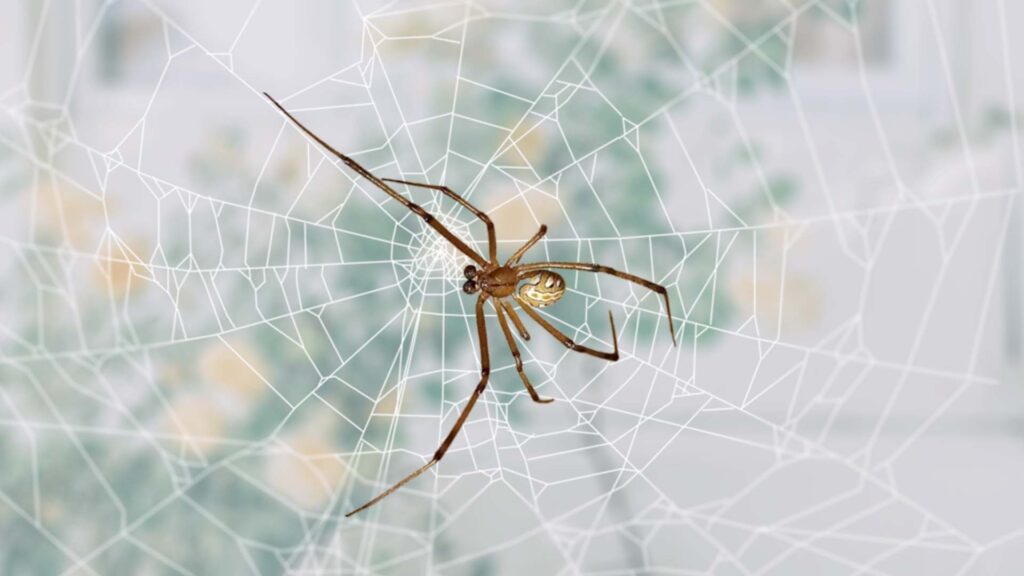
The differences in web-building tendencies between male and female black widow spiders are intriguing. Female black widows are known for their intricate and strong cobwebs, which they use to ensnare their prey. Their webs are meticulously crafted and often situated in sheltered areas. In contrast, males do not construct elaborate webs for hunting. Instead, they invest more energy in finding female spiders for mating, making their web-building behavior significantly less pronounced.
Behavior Differences
The behavior of male and female black widow spiders varies significantly due to their distinct roles in the reproductive process. Females are territorial and tend to remain in or near their webs, waiting for prey to become entangled. Males, driven by their biological imperative to mate, are more nomadic. They embark on journeys to find receptive females, sometimes traversing considerable distances. This behavior exposes them to greater risks, as they may encounter predators or adverse conditions during their search.
Lifespan Differences
The lifespan of male and female black widow spiders is notably different. Females generally have longer lifespans, often surviving for two to three years. This extended lifespan allows them to produce multiple egg sacs and contribute to the survival of their offspring. In contrast, male black widows have significantly shorter lifespans, usually ranging from a few months to a year. Their primary focus is to locate a female, mate, and pass on their genetic material.
How to Identify Male and Female Black Widow Spiders
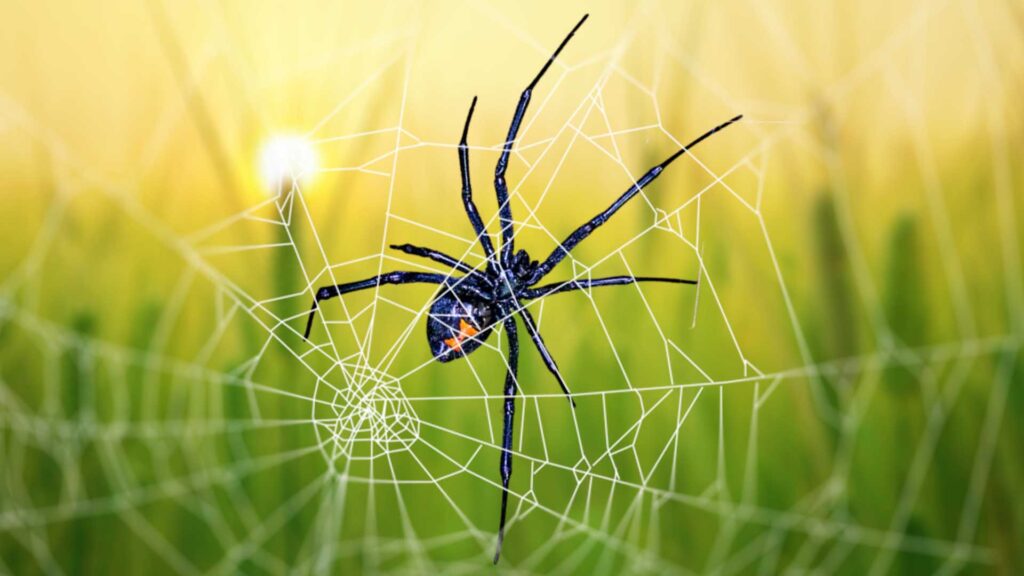
To identify male and female black widow spiders, follow these steps carefully. Firstly, note the size difference, as females are typically larger.
Next, examine their coloration and markings; females have a black body with a red or orange hourglass-shaped mark on the abdomen, while males have less prominent markings and additional spots.
Observe their abdomen shape; females have a rounded, bulbous abdomen, while males have a slimmer, elongated one. Pay attention to behavior; males are less aggressive, while females may show defensive behavior.
Check the web-building patterns; females build extensive, tangled webs, while males may enter a female’s web for courtship. Consider their lifespan; females live longer than males.
Always be cautious when handling black widows, as they are venomous. If uncertain, seek expert assistance for safe and accurate identification.
FAQ
Are Female Black Widows Stronger Than Males?
Yes, female black widow spiders are generally stronger than males. This strength difference is primarily due to the females’ larger size and robust build. Their stronger physique supports their role in hunting and capturing prey, as well as in defending their territory and protecting their egg sacs.
How Can You Tell if a Black Widow is Female?
Distinguishing between male and female black widow spiders can be accomplished by observing several key characteristics. Females are larger, have a rounder and bulkier abdomen, and are marked with the infamous red hourglass shape on the underside of the abdomen. Additionally, their coloration is typically darker compared to the males, making them easily recognizable.
Do Female Black Widows Have Red?
Yes, female black widow spiders do have red markings. The most recognizable red marking is the hourglass shape on the underside of the abdomen. This red hourglass is a warning sign, indicating the potential danger of their venomous bite. The red hourglass is a key identifier for female black widow spiders and is absent in males.
Is There a Male Version of a Black Widow?
While there isn’t a distinct term like “black widow” for male spiders, the term “black widow” is commonly associated with the female of the species due to their venomous reputation and distinctive appearance.
Male black widow spiders do exist and have their own characteristics, but they are not referred to as “black widows.” They are smaller, less colorful, and lack the iconic red hourglass mark. Instead, they are often referred to as “male black widows” or simply as male black widow spiders. You may have another question- Are Male Black Widows Poisonous? keep on reading.
Conclusion
Understanding the differences between male and female black widow spiders goes beyond mere curiosity. These disparities highlight the complex evolutionary adaptations and reproductive strategies that have shaped these remarkable creatures. By discerning these distinctions, we gain insight into the unique roles each gender plays in the spider’s life cycle. Whether driven by scientific curiosity or a desire to avoid a potentially painful encounter, knowing how to differentiate between male and female black widow spiders is a valuable skill that deepens our appreciation for the intricacies of the natural world.

